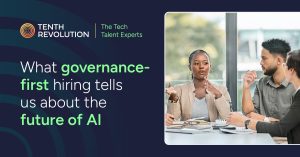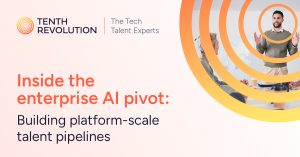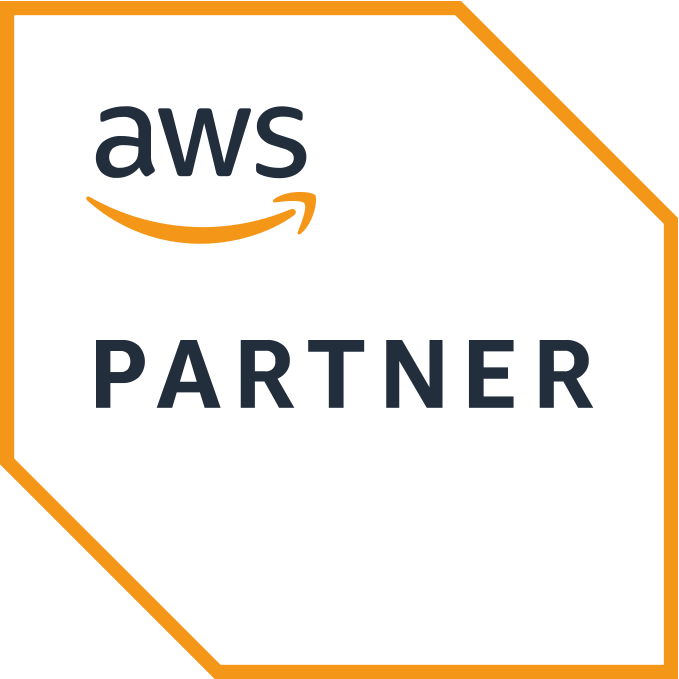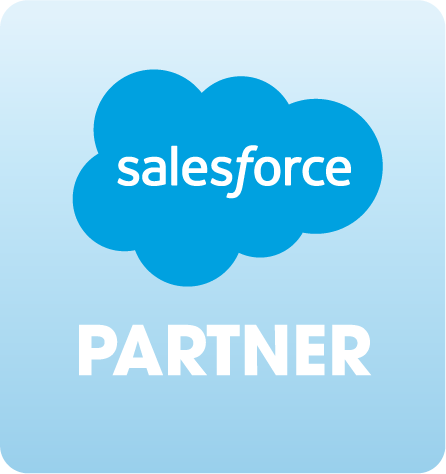Enterprise leaders are asking a new question: How do we turn generative AI from experimentation into scalable business value?
Across industries, that’s now the central challenge. The enterprise AI pivot is in motion, and success depends less on technology itself and more on how organizations build and organize their AI talent. What began as small, experimental pilots has evolved into enterprise-scale platforms that require structure, governance, and cross-functional teams.
The challenge: From pilots to platforms
Enterprises that once ran isolated AI projects are now building centralized AI platforms that support multiple business functions, from customer service automation to predictive analytics and risk forecasting.
The shift from pilot programs to production brings several common challenges:
- Fragmented teams without shared infrastructure or standards
- Unclear ownership between data, engineering, and business units
- Limited operational visibility into model performance and cost
To overcome these issues, leaders are building platform-scale AI teams that can standardize deployment, governance and continuous improvement across departments.
Tenth Revolution Group helps enterprises hire Cloud and AI professionals with the right mix of engineering, governance and operations expertise to make this transition work in practice.
The solution: The rise of platform-driven AI roles
Organizations that have made this pivot successfully share a common characteristic: they treat AI as a productized platform, not a one-off project.
Key platform roles include:
- AI Product Managers who define use cases, roadmap development and measurable value
- Platform Engineers who build reusable infrastructure and deployment pipelines
- Data Pipeline Specialists who ensure consistent, high-quality data flow for training and inference
- MLOps/LLMOps Engineers who manage model lifecycle, monitoring and optimization
- Governance Leads who enforce compliance, traceability and ethical AI standards
These professionals bridge the gap between technical experimentation and business delivery, ensuring AI projects scale consistently across the enterprise.
For organizations modernizing their AI strategy, Tenth Revolution Group provides access to AI and data specialists experienced in building these cross-functional foundations.
Real-world outcomes: What success looks like
Enterprises that move to platform-scale AI often report measurable benefits within six to twelve months, including:
- Faster deployment cycles, reducing model time-to-value by 30–50%
- Lower operational costs through shared infrastructure and automated workflows
- Improved governance via centralized monitoring and audit trails
- Increased innovation speed, as teams can reuse tested frameworks instead of starting from scratch
In practice, these outcomes come from a clear hiring strategy that balances technical fluency, scalability and accountability.
How to build a platform-scale AI team
Leaders planning their AI team expansion can follow this practical approach:
- Map your current AI landscape. Identify pilot projects, model owners and data dependencies.
- Define your platform goals. Decide whether the aim is cost efficiency, innovation speed, compliance or all three.
- Create a cross-functional structure. Combine data science, engineering, governance and product management expertise.
- Build a scalable hiring pipeline. Partner with AI-focused recruitment specialists to source verified, platform-ready talent.
- Invest in continuous learning. Encourage upskilling in areas such as MLOps, vector databases and data governance frameworks.
The next evolution of enterprise AI
The enterprise AI pivot marks the beginning of long-term operational maturity. Leading organizations are learning that innovation only scales when teams are structured around platforms, not pilots.
By integrating AI product management, operational discipline and strong governance, enterprises can transform AI from an experimental cost into a sustainable engine for growth.











